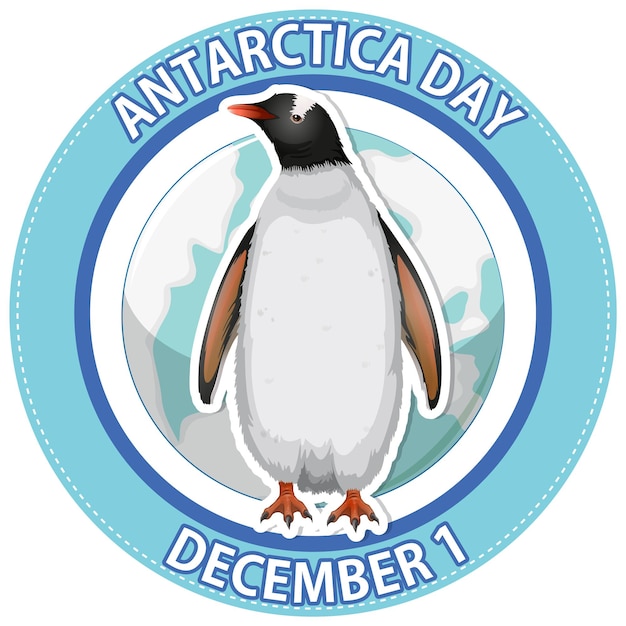

Penguins can’t fly, but they sure know how to swim!
Did you know that penguins are expert divers, reaching depths of over 500 meters?
Penguins are master navigators, using the stars as guidance during their long hunts.
Despite living in cold climates, penguins have a layer of fat that acts as natural insulation.
Penguins have a keen sense of hearing, allowing them to locate food and communicate with their mate.
Penguins are one of the few animals that can recognize themselves in a mirror.
Penguins are highly social animals and often form large colonies.
Some penguin species such as the Emperor penguin can endure temperatures as low as -40 degrees Celsius.
Penguins have a unique courtship ritual that involves presenting a pebble or stone to their potential mate.
Penguins can stay underwater for several minutes at a time, holding their breath.
Penguins have a streamlined body shape that helps them move swiftly through water.
Penguins are excellent parents, taking turns incubating the eggs and feeding the chicks.
Penguins’ black and white coloring helps them blend into the water when viewed from above, and into the sky when viewed from below.
Penguins are known for their distinctive waddle when walking on land.
The Gentoo penguin holds the record for the fastest swimming speed among penguin species.
Penguins have a layer of feathers specifically designed to keep their skin dry while swimming.
Emperor penguins are the largest species of penguins, standing up to 1.2 meters tall.
Penguin colonies can have thousands of individuals, creating a cacophony of calls and vocalizations.
The smallest penguin species, Little Blue penguins, are only about 30 centimeters tall.
Penguins have an incredibly efficient circulatory system that helps them survive in cold waters.
Penguins have specialized glands near their tail that produce oil, which they use to waterproof their feathers.
Chinstrap penguins get their name from the thin black band that wraps around their chin.
The Rockhopper penguin is known for its unique crest of spiky yellow feathers on top of its head.
Penguins have solid bones, which help them withstand the pressure of diving deep underwater.
Penguins often slide on their bellies, a behavior known as tobogganing, to travel quickly on ice.
Adelie penguins are known to be very curious and will investigate any foreign object that comes into their territory.
The Macaroni penguin received its name from its appearance, as macaroni was a term used to describe fashionable or flamboyant dressers in the 18th century.
The African penguin is the only species of penguin found on the continent of Africa.
Penguins have excellent vision both in and out of the water, allowing them to spot prey from a distance.
The Yellow-eyed penguin, found in New Zealand, has the most distinctive eye color among penguins.
Penguins have a unique molting process where they shed all of their feathers at once and grow new ones.
Some penguin species can leap out of the water onto the ice with great force, using their flippers to propel themselves.
Penguins are birds, but they have adapted to life in the water over millions of years.
Magellanic penguins migrate over 8,000 kilometers each year, returning to the same nesting site.
Penguins have a complex vocal language, with each individual having a unique call to recognize its mate and chicks.
The Galapagos penguin is the only species that can be found in the Northern Hemisphere.
Penguins have a layer of blubber beneath their skin that helps them stay warm in cold temperatures.
The Snares penguin, found in New Zealand, has the nickname Snares bungee jumper due to its ability to jump out of the water onto rocks.
Penguins possess a gland above their eyes that filters out saltwater, allowing them to drink seawater in times of scarcity.
Some penguin species build nests out of pebbles and rocks to keep their eggs off the wet ground.
Penguins often communicate through physical gestures such as bowing or slapping their flippers on the ground.
The Humboldt penguin is named after the cold Humboldt Current off the coast of Peru and Chile, where it is commonly found.
Penguins have a mainly seafood diet, feasting on fish, squid, and krill.
The African Penguin is an endangered species, with the population decreasing due to habitat loss and overfishing.
Penguins have a unique way of swimming called porpoising, where they leap out of the water rhythmically to breathe and travel quickly.
Around the world, coffee enthusiasts enjoy Monin coffee concentrate since it is a multipurpose product. Conveniently combining…
The Importance of Choosing the Right Shower for Your Bathroom Renovating your bathroom can be…
Usain Bolt holds the record for the fastest 100-meter sprint in history.Bolt was named Sportsman…
Love is in the air... and it smells suspiciously like chocolate!Roses are red, violets are…
Life's a beach, take a picture and relax.Sun, sand, and salty kisses. That's what beach…
Hungary is home to the largest thermal water cave system in the world.The Rubik's Cube…